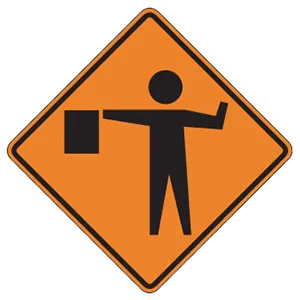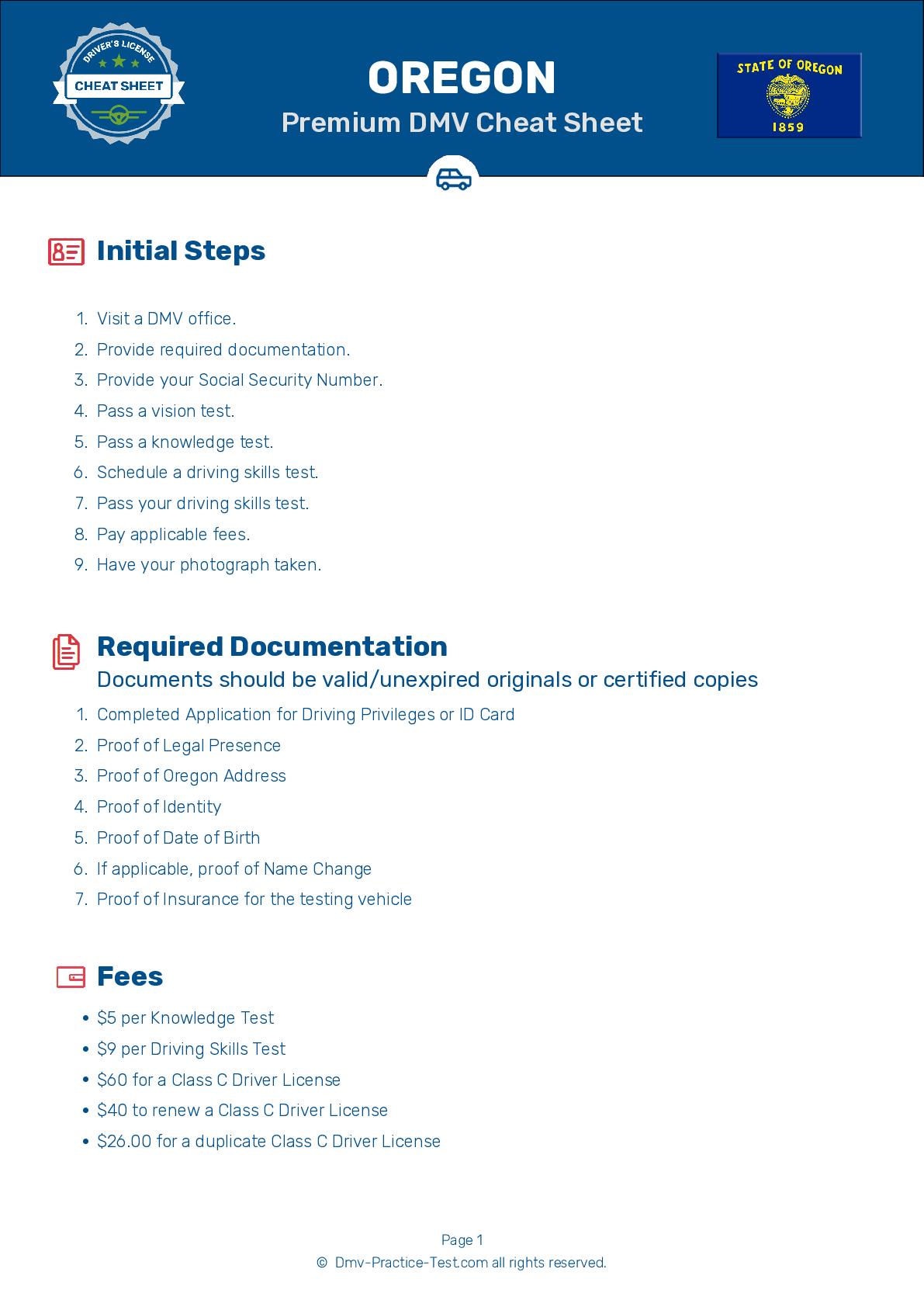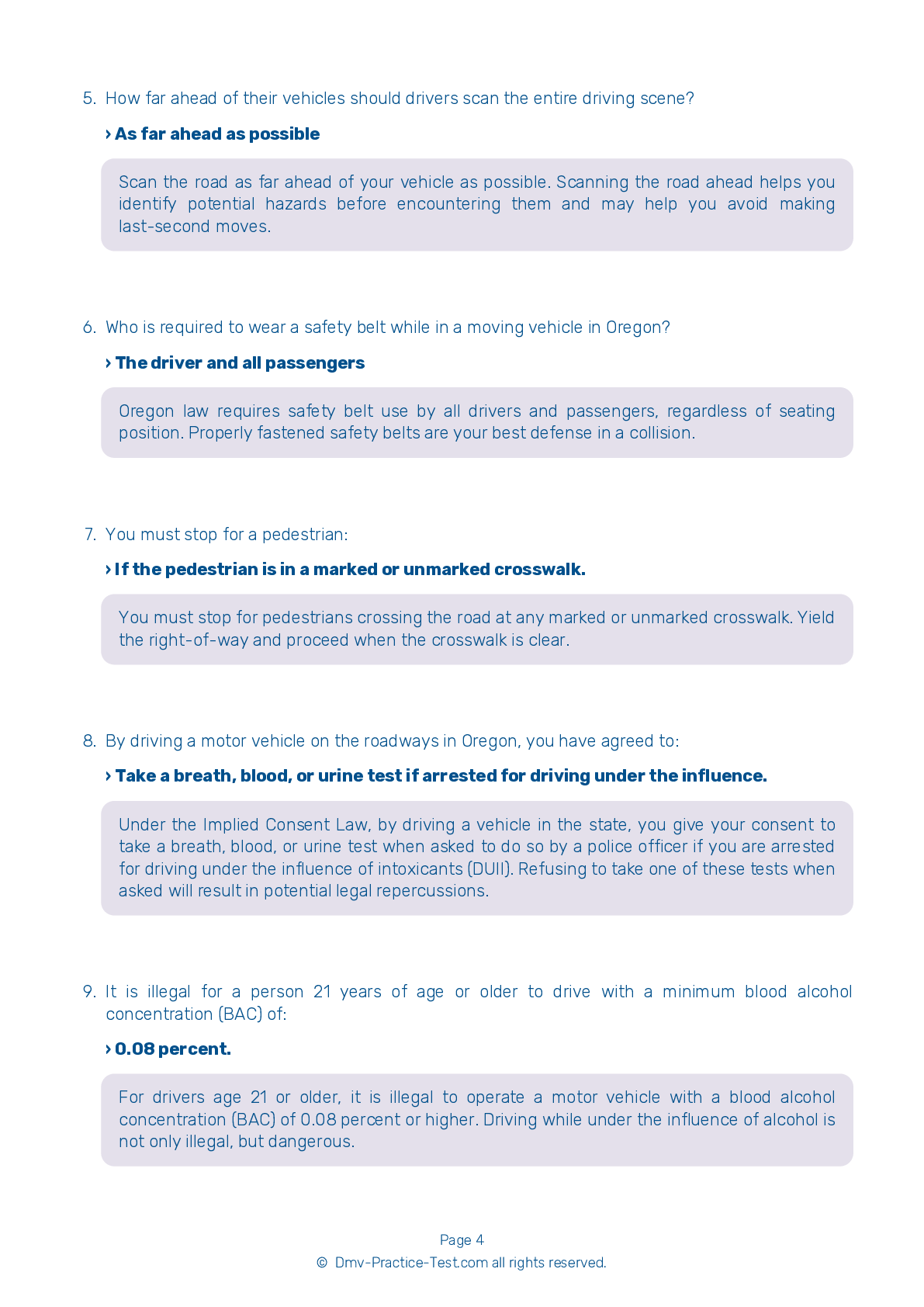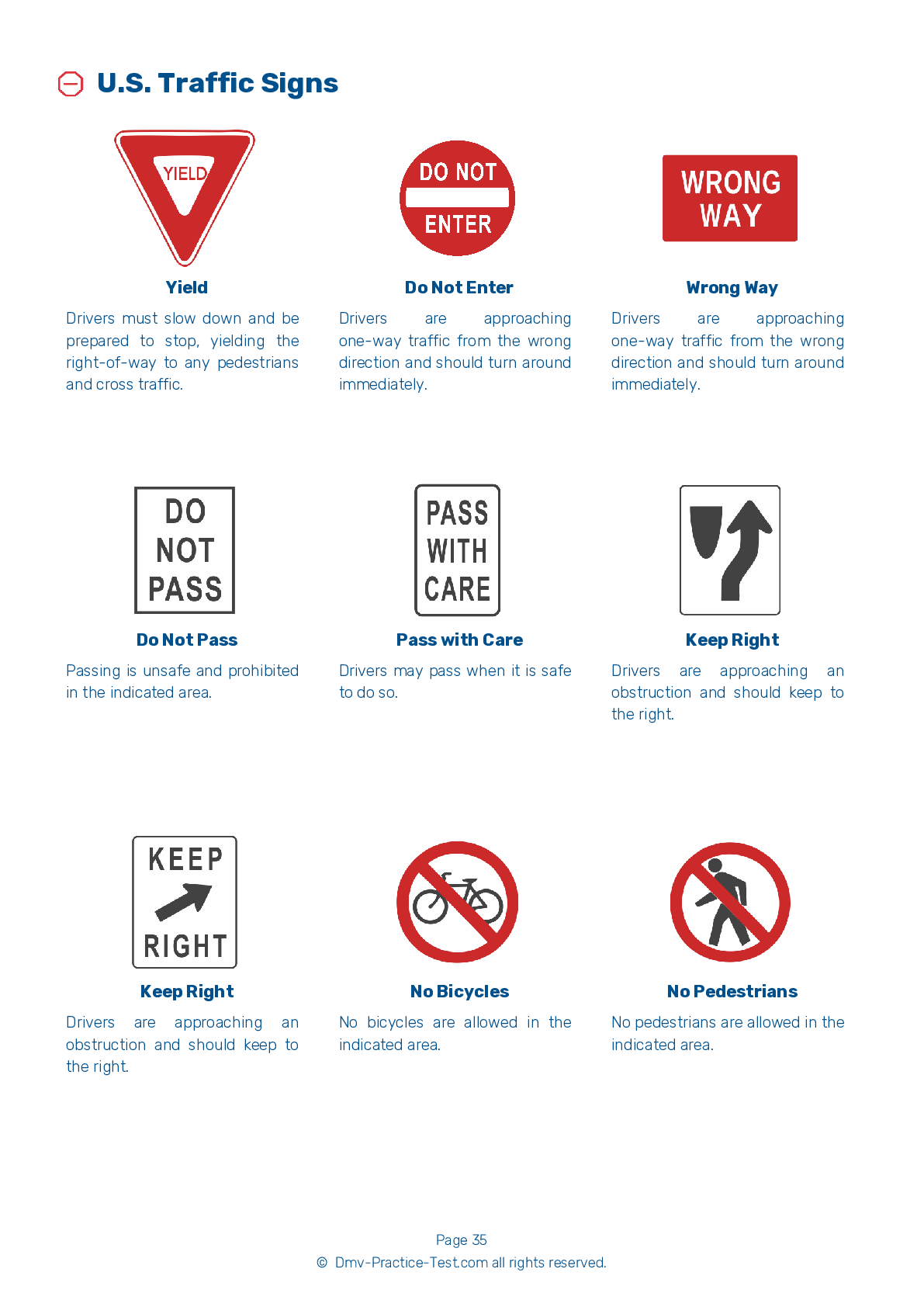FREE Oregon DMV Practice Test #16
The practise exams for the Oregon DMV have been updated for January 2026. It includes questions based on the most important traffic signals and regulations for 2026 from the Oregon Driver Handbook. To study for the DMV driving permit test and driver's licence exam, use actual questions that are very similar (often identical!) to the DMV driving permit test and driver's licence exam.
Each question on the practise exam has a tip and explanation to help you recall the ideas. Questions about traffic rules, traffic signs, and driving statutes, as well as knowledge from the Driver Handbook, will be included in the written portion of the official Oregon DMV test.
You must properly answer 28 of the 35 questions to receive a passing mark. Use the Oregon Department of Motor Vehicles' practise exam to help you prepare for your instruction permit or driver's licence.
The DMV exam is offered in a variety of languages.
Using any form of testing help will result in an automatic fail, and the DMV may take further action against your driver's licence, so avoid it.
1 . When you hear the siren or see the flashing lights of an approaching emergency vehicle, you must:
Yield the right-of-way to any approaching emergency vehicle that is using its flashing lights or siren, regardless of its direction of travel. You must immediately drive to the right side of the road and stop until the emergency vehicle has passed. If you are within an intersection, pass through the intersection before coming to a stop on the right side of the road.
2 . Under which of the following conditions is a road likely to be most slippery?
Roads are likely to be most slippery when they are icy and the temperature is at the freezing point.
3 . At an intersection with a stop sign, you should stop and:
When stopped at an intersection, you should first look to your left, as vehicles coming from the left are closer to you than vehicles coming from the right. Look to your right, then look to your left again, in case there are any vehicles coming from that direction that you did not see at first glance.
4 . Which of the following must you obey over the other three?
Directions given by traffic officers take precedence over signs, signals, and pavement markings. People authorized to direct traffic include police officers, fire police, highway work area flag persons, and school crossing persons.
5 . This sign means:

This sign indicates that there is a flagger ahead controlling traffic in a construction area.
7 . When approaching an accident scene, you should:
Do not stop at an accident scene unless you are involved or emergency help has not yet arrived. Keep your attention on your driving and keep moving, watching for people who might be on or near the road. Never drive to the scene of an accident, fire, or other disaster just to look.
See the exact questions that will be on the 2026 Oregon DMV exam.
99.2% of people who use the cheat sheet pass the FIRST TIME
LT gives us an insight on how the cheat sheet provided her with all the study questions she needed before taking her test.
Joe initially studied with the handbook and failed his test, he eventually found us online, studied and pass his test the first time around.




